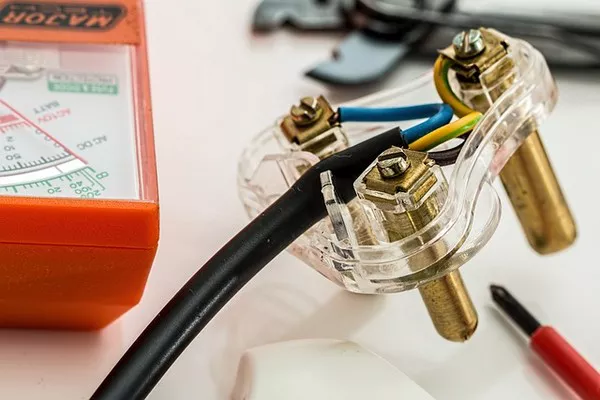When it comes to lighting installations, selecting the appropriate type of wire is a critical decision that directly influences the safety, efficiency, and overall performance of the lighting system. The correct wire not only ensures the reliable transmission of electricity but also helps prevent potential hazards such as overheating, short circuits, and fires. This comprehensive guide aims to shed light on the factors that influence the choice of wire for lighting installations, highlighting the key considerations for professionals and DIY enthusiasts alike.
Conductivity and Wire Gauge
Conductivity, measured by a wire’s ability to transmit electrical current, is a pivotal factor in selecting the right wire for lighting installations. Copper and aluminum are the two most common materials used for wiring due to their excellent conductivity properties. Copper, being highly conductive, is the preferred choice for most lighting applications. However, aluminum, while less conductive, is more cost-effective and suitable for larger-scale installations.
Wire gauge, denoted by the American Wire Gauge (AWG) number, indicates the diameter of the wire. The higher the AWG number, the smaller the wire diameter. For lighting installations, a lower gauge wire (thicker diameter) is generally recommended to minimize voltage drop over longer distances. This is particularly crucial for outdoor lighting setups or installations spanning significant areas.
Insulation and Environmental Considerations
Selecting the appropriate insulation for lighting wires is crucial for ensuring safety and longevity. Insulation materials such as PVC (Polyvinyl Chloride), THHN (Thermoplastic High Heat Resistant Nylon), and Teflon are commonly used in lighting applications. The choice of insulation material depends on factors like ambient temperature, moisture levels, and potential exposure to chemicals or UV radiation.
Outdoor lighting installations demand wires with enhanced weather resistance. Wires with UV-resistant or direct burial-rated insulation are ideal for such scenarios. Additionally, in wet or corrosive environments, using wires with appropriate insulation and protective coatings prevents premature degradation, ensuring the long-term functionality of the lighting system.
Voltage and Current Ratings
Understanding the voltage and current requirements of the lighting system is essential for selecting the right wire. Different lighting fixtures and setups have varying power demands. Low-voltage lighting systems, often used in landscapes and gardens, require wires with lower voltage ratings, typically 12V or 24V. These systems allow for longer wire runs without significant voltage drop, making them suitable for expansive installations.
Conversely, high-voltage lighting installations, such as those used in commercial spaces, may require wires with higher voltage ratings. It is essential to choose wires that can handle the anticipated current load without overheating or posing a safety risk. Refer to manufacturer guidelines and local electrical codes to ensure compliance with voltage and current requirements.
Installation Method and Location
The installation method and location play a significant role in determining the type of wire to use. In-wall lighting installations demand wires with fire-resistant insulation, such as THHN or FEP (Fluorinated Ethylene Propylene), to meet building and safety codes. These wires offer protection against potential fire hazards and are suitable for concealed wiring within walls or ceilings.
For exposed wiring or surface-mounted lighting installations, wires with additional protection against physical damage, such as metal conduit or armored cables, should be considered. These measures guard against accidental impact and enhance the overall safety of the lighting system.
Furthermore, the location of the lighting installation has a direct impact on the type of wire required. Indoor lighting setups may have more lenient insulation and protection requirements compared to outdoor or damp locations. Local electrical codes and regulations should be consulted to ensure compliance with safety standards specific to the installation site.
Load Capacity and Circuit Design
Proper circuit design and load distribution are essential for maintaining the efficiency and safety of a lighting installation. Overloading a wire beyond its capacity can lead to overheating and potential damage. Calculating the total load of the lighting system and distributing it across appropriately sized wires helps prevent performance issues and ensures the longevity of the installation.
Consider employing multi-conductor cables for complex lighting setups where multiple fixtures are interconnected. Multi-conductor cables streamline the wiring process and reduce clutter, contributing to a cleaner and more organized installation.
Conclusion
Selecting the right wire for lighting installations is a nuanced process that requires careful consideration of factors such as conductivity, insulation, voltage requirements, installation method, and location. By understanding the unique demands of the lighting system and adhering to local electrical codes and safety standards, professionals and DIY enthusiasts can create efficient, safe, and reliable lighting installations that enhance both functionality and aesthetics. Remember, investing time and effort in choosing the appropriate wire is a fundamental step toward creating lighting systems that stand the test of time.

